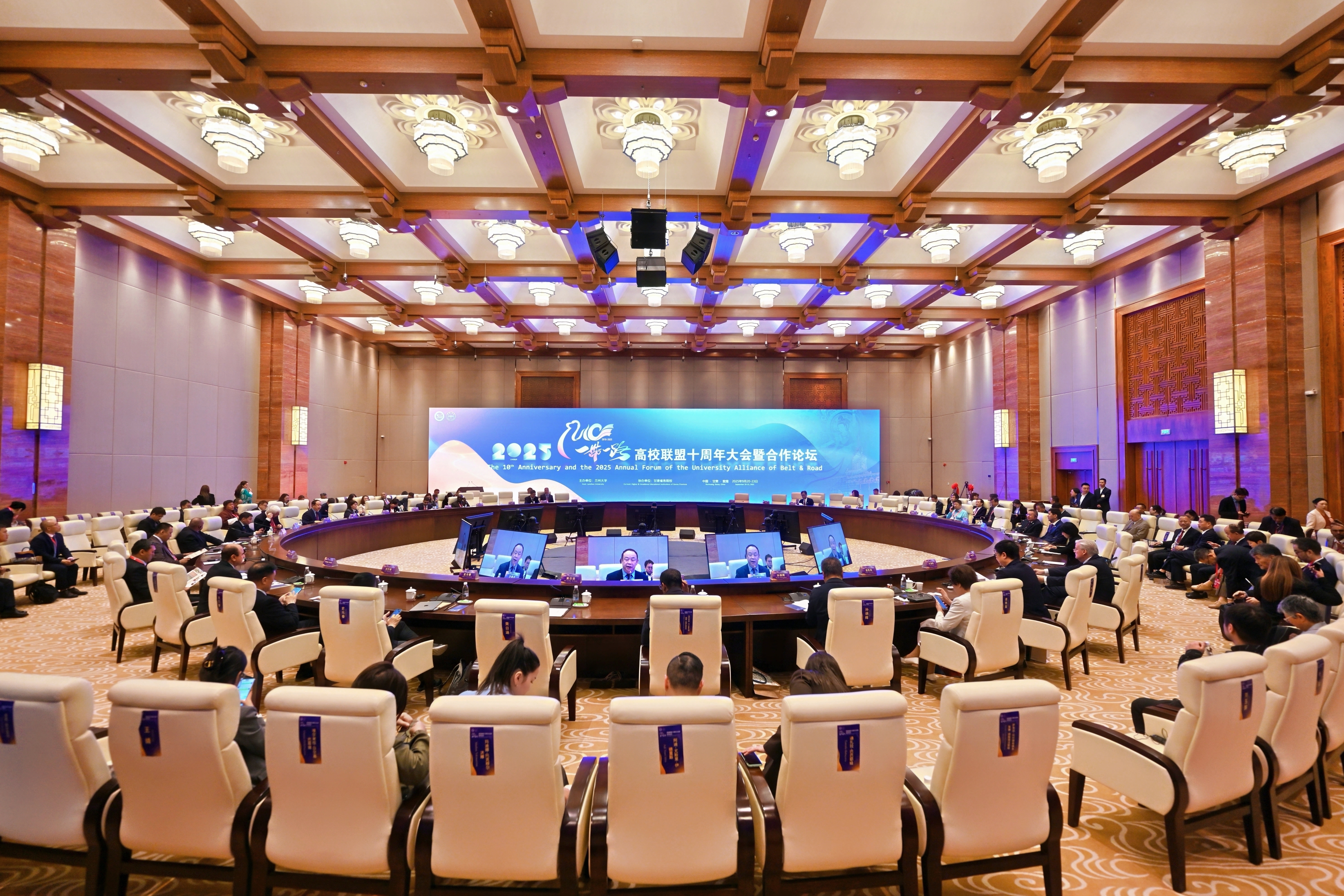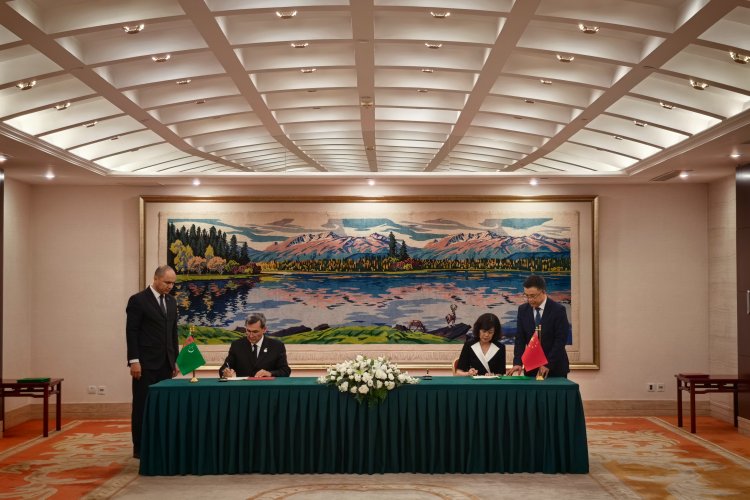The Xiahe mandible
Geographical location of Baishiya Karst Cave
Research team led by Prof. Chen in Baishiya Karst Cave
Fieldwork of Prof. Chen’s research team
Archaeological investigation in Ganjia Basin, Gansu
LZU’s research team in China 2nd National Tibetan Plateau Integrated Scientific Survey
Lanzhou University (LZU) environmental archaeology research team led by Academician Chen Fahu publishes their new outcome on Nature on May 2nd 2019, entitled “A late Middle Pleistocene Denisovan mandible from the Tibetan Plateau”. Academician Chen represents the first author and corresponding author, and Associative Professor Zhang Dongju of College of Earth and Environmental Sciences, LZU, the joint corresponding author.
The paper is a new progress of Prof. Chen’s team in human activity and environmental adaptation in the Tibetan plateau. Centering on a mandible newly discovered in the plateau, Lanzhou University conducts a comprehensive research in terms of chronology, physical morphology, molecular archaeology, survival environment and human adaptation, together with International Max Planck Research School in Germany, Taiwan University, Fudan University, University of Copenhagen, New York University, Oxford University, University of Kent, Chinese Academy of Sciences and Gansu Institute of Archaeology.
The outcome shows that the mandible is determined to be the first fossil of Denisova discovered outside the Denisova Cave, also the earliest piece of evidence for human activity on the Tibetan Plateau about 0.16 million years ago. Thus, the fossil serves as the critical proof to the physical characteristics and home range of Denisovan in East Asia as well as the early human activity and adaptation to high-attitude environment.
The abstract of the paper is as follows:
Denisovans are members of a hominin group who are currently only known directly from fragmentary fossils, the genomes of which have been studied from a single site, Denisova Cave in Siberia. They are also known indirectly from their genetic legacy through gene flow into several low-altitude East Asian populations and high-altitude modern Tibetans. The lack of morphologically informative Denisovan fossils hinders our ability to connect geographically and temporally dispersed fossil hominins from Asia and to understand in a coherent manner their relation to recent Asian populations. This includes understanding the genetic adaptation of humans to the high-altitude Tibetan Plateau, which was inherited from the Denisovans. Here we report a Denisovan mandible, identified by ancient protein analysis, found on the Tibetan Plateau in Baishiya Karst Cave, Xiahe, Gansu, China. We determine the mandible to be at least 160 thousand years old through U-series dating of an adhering carbonate matrix. The Xiahe specimen provides direct evidence of the Denisovans outside the Altai Mountains and its analysis unique insights into Denisovan mandibular and dental morphology. Our results indicate that archaic hominins occupied the Tibetan Plateau in the Middle Pleistocene epoch and successfully adapted to high-altitude hypoxic environments long before the regional arrival of modern Homo sapiens.
LZU environmental archaeology research team has been established by Prof. Chen from 1990s with its focus on human activities ranging from the Old Stone Age, New Stone Age to the period since being recorded in history. The team has scored prominent achievements in the spread and settlement of prehistorical human beings to the Tibetan Plateau, communication in culture and population between Europe and Asia, and the relation between silk road culture and climate change, with its over 50 papers published on Nature, Science, PNAS, Nature Plants, Quaternary Science Reviews, Journal of Archaeological Science and other first-class academic journals.
In order to re-construct the prehistorical human activity in the Tibetan Plateau, China has launched the 2nd National Tibetan Plateau Integrated Scientific Survey in which LZU’s research team led by Prof. Chen always takes an active part. In the next five years, LZU’s team plans to investigate in the mechanism of spread, settlement and adaptation of prehistorical human activity in the Tibetan Plateau to delineate the relation between human and environment with a hope to make again some breakthroughs in the near future.
(Translated by Zhang Lu)




